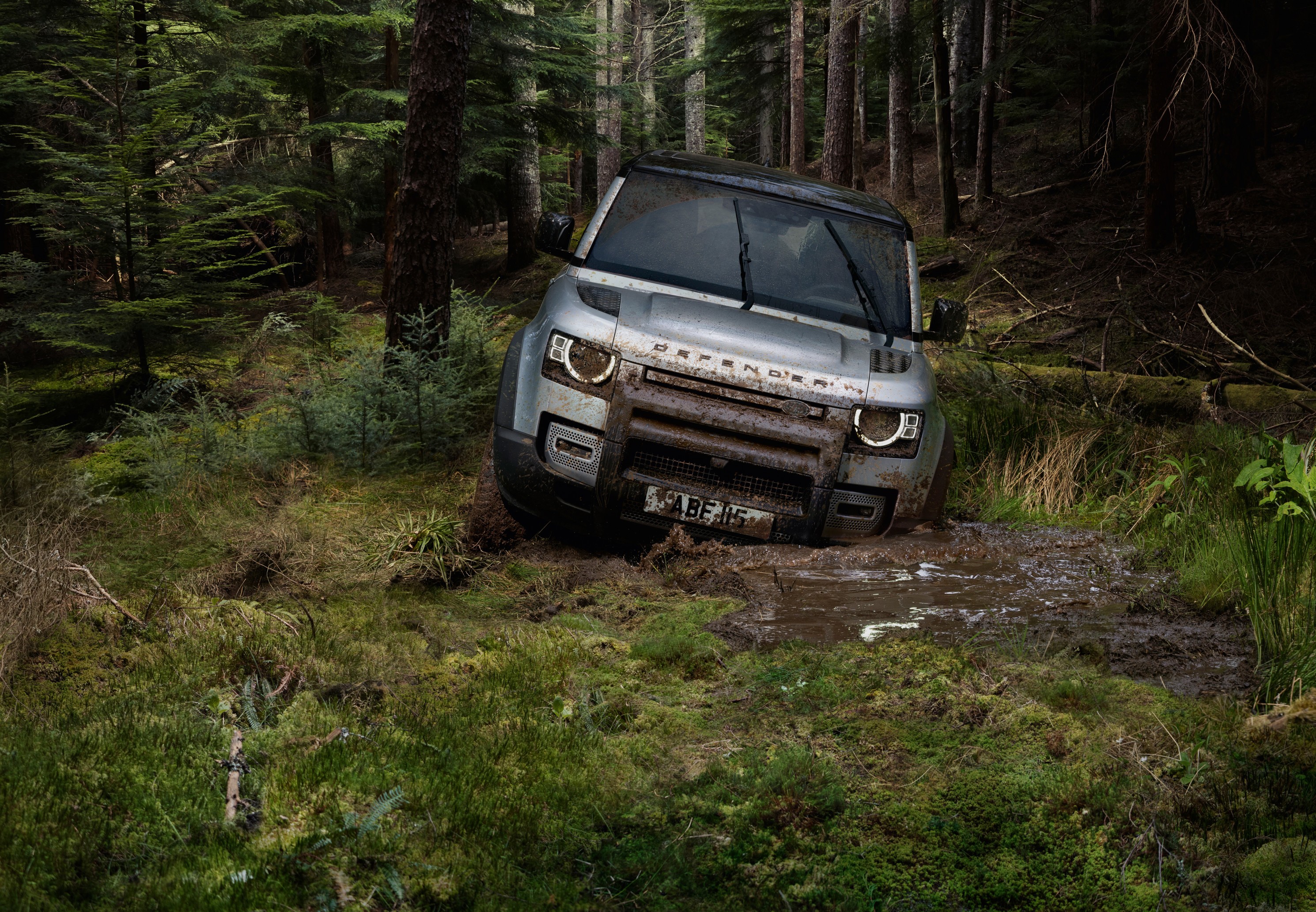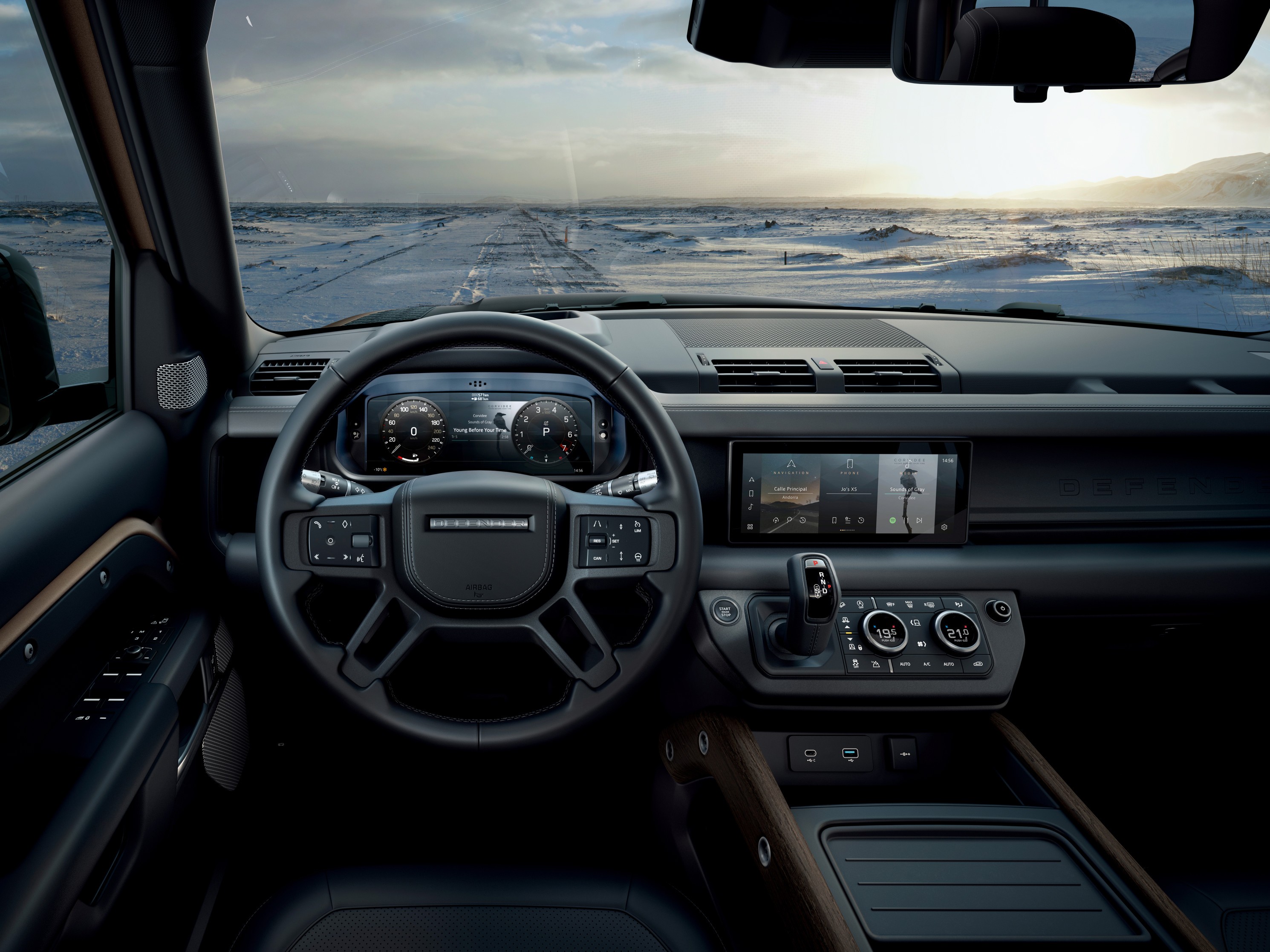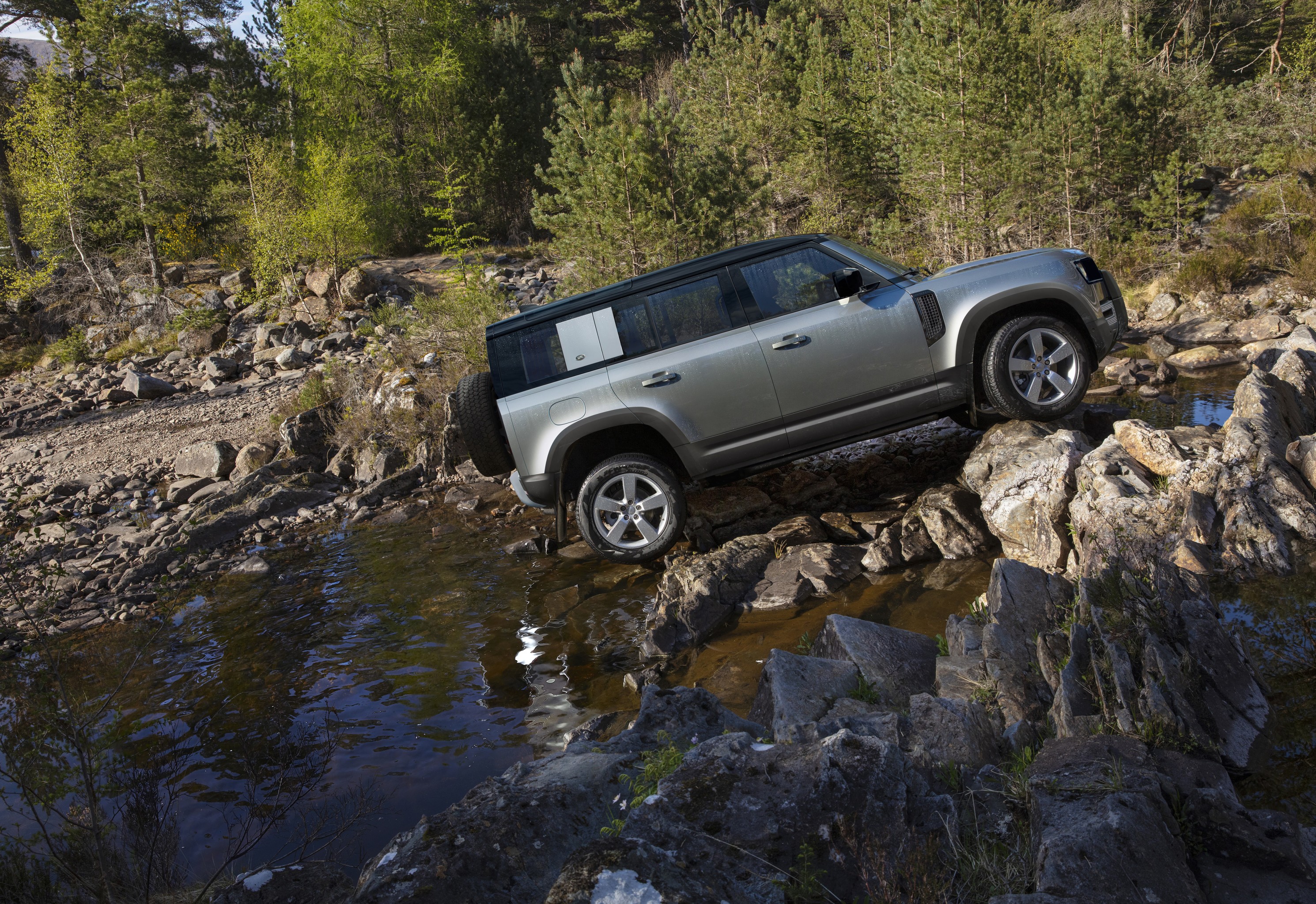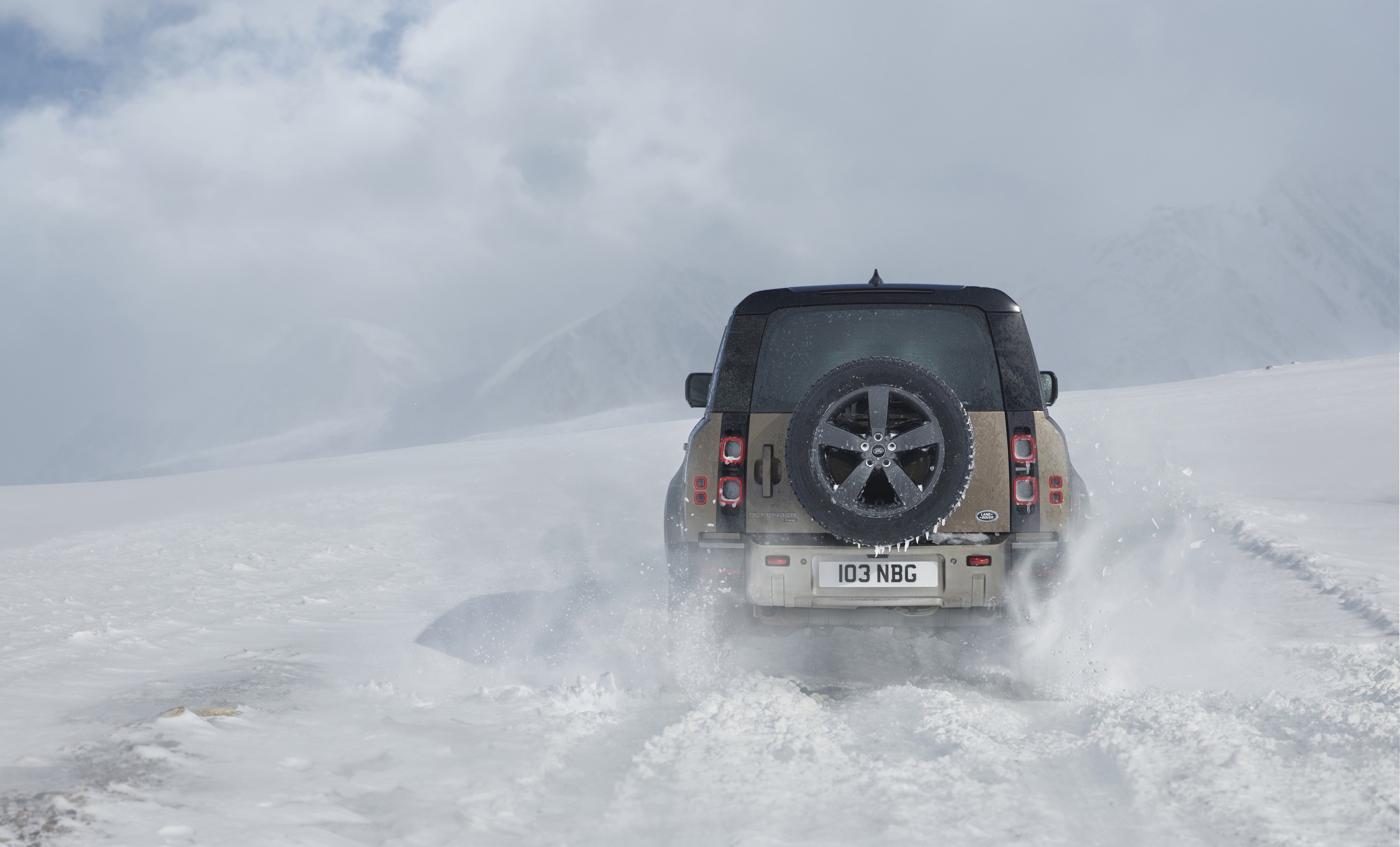After being quite secretive about the new Defender for a few years now, Land Rover has finally unveiled the all-new model which replaces a legendary predecessor that remained virtually the same for 33 years.
Needless to say, this new Defender has quite a lot of responsibility to shoulder as the previous model is synonymous with the brand’s heritage and hardcore off-road image – proven in some of the harshest regions and toughest conditions around the world.
Looks tough
It’s off to a good start at least, as the styling is very much retro, in a nod to some of the more popular designs from other brands that were reintroduced over the last 20 years, and especially out of respect of the old Defender. The square and upright look has been left virtually untouched, apart from slightly more rounded edges and there’s also the side-hinged tailgate with mounted spare wheel that were hallmarks of the outgoing version.
Another positive trait for the off-road enthusiasts are the steep approach and departure angles (38 and 40 degrees respectively), so rough mountain roads and steep dunes can easily be climbed on and off without scuffing the bodywork. Despite 19-inch wheels being the starting point of the sizing options, we’re glad that the tyres seem to have quite a chunky sidewall, to protect the rims from wayward rocks in the bundus, and rogue kerbs in the urban jungle.
Work ethic
Land Rover says the new Defender boasts a 900 kg payload, with the static roof load of up to 300 kg so, a dynamic roof load of 168 kg, towing capacity of 3 500 kg and a 900 mm wading depth. For now, it’s just the five-door 110 model that will be available, but the three-door short-wheebase Defender 90 will join the line-up sometime toward the end of 2020.
For the initial launch of the Defender 110, expected to arrive in South African in the first half of 2020, there will be two engine options available; a hybrid 3,0-litre straight-six with electric assistance that produces 294 kW and 550 N, and a 2,0-litre turbodiesel that makes 177 kW and 430 Nm.
It’s also good to see that the Defender will be a pukka 4×4, with permanent all-wheel drive, centre differential and optional locking rear differential to supplement the automatic transmission. Land Rover’s new configurable terrain response system, which will enable 4×4 boffins to set their Defender up to perform exactly like it should according to preferences in different off-road scenarios.
Same same, but different
The cabin of the previous defender can best be described as Spartan, without offending the most ardent Landy supporters. They’ve tried to match the minimalist original in terms of design, but employed a few modern tricks inside, including mounting the gear shift lever to the dash so that a jump seat can be accommodated between the driver and front passenger seats. You can have yours in a five, six or 5+2 seating configuration, while you’ll get up to 1 075 litres of space behind the second row of seats, and free up 2 380 litres with the second row folded.
Tech features include Land Rover’s ClearSight Ground View that shows the drive exactly what’s in front of the front bumper on the central infotainment display, the company’s new Pivi Pro infotainment system with central touchscreen and 14 modules within the vehicle that can update remotely without the need to visit a dealer or service centre.
“Combining advanced technology and durable mechanical underpinnings we have delivered the toughness and character you can only find in a Defender. Our new 4×4 has been developed for adventurous hearts and curious minds. With four personalities to choose from, two body styles and a comprehensive range of options and accessories, customers will be able to personalise Defender to make their ultimate 4×4 companion, whatever their lifestyle,” says Felix Bräutigam, dhief commercial officer of Jaguar Land Rover.
You can build you own Defender 110 by accessing the virtual configurator here.
Price
The new Land Rover Defender 110 is expected to launch locally in the first half of 2020 at around R910 000. The 90 will follow in the second half of next year with prices starting at roughly R830 000.







![[UPDATED] Mazzei Formula Five Is One Man’s Obsession](https://doubleapex.co.za/wp-content/uploads/2024/08/Mazzei-Formula-Five-500x383.jpg)
![Ferrari Amalfi Introduced as Roma’s Replacement [w/video]](https://doubleapex.co.za/wp-content/uploads/2025/07/Ferrari-Amalfi-500x383.webp)
![Koenigsegg Sadair’s Spear is a Limited-Edition Track Weapon [w/video]](https://doubleapex.co.za/wp-content/uploads/2025/07/Koenigsegg-Sadairs-Spear-rear-500x383.webp)
Leave A Comment